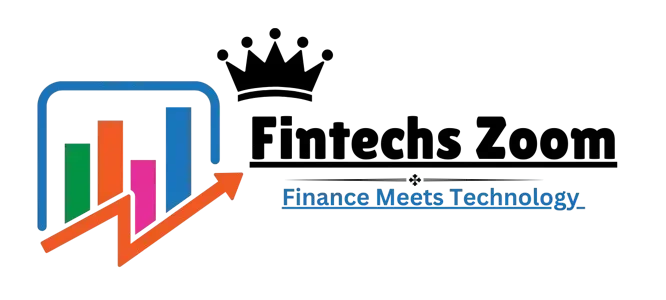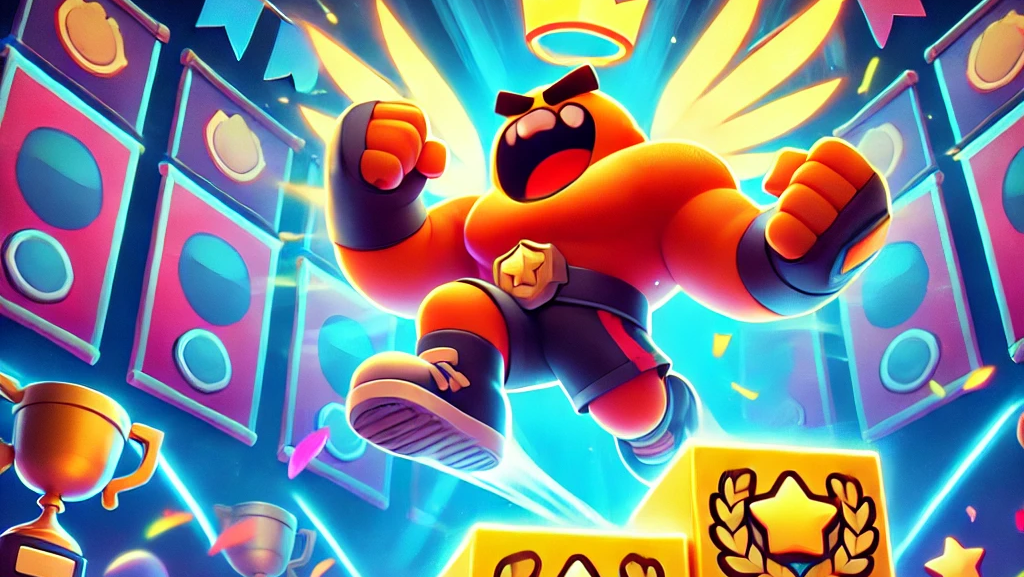Power League is the top test of skills in Brawl Stars, where players compete in a structured ranked setup to show their game ability. Unlike casual modes, Power League rewards careful planning, skilled play, and the ability to adapt in intense matches. Whether playing alone or with friends, knowing how to engage in ranked play is key for advancement. Some players try to speed up their rise using Brawl Stars ranked boost services, yet the true path to success is through enhancing skills, draft tactics, and overall game understanding.
Understanding Power League’s Setup
Power League is the main ranked mode in Brawl Stars, giving a competitive atmosphere where players face others at similar skill levels. Unlike normal trophy-based matches, Power League emphasizes performance in best-of-three games, meaning that rank growth is linked to consistency instead of casual play. Players begin at the lowest level and need to win matches to move up, with each game being very important for their rank.
Central to Power League is the draft system, which adds a strategic layer not found in regular matches. Before a game starts, both teams go through a draft, banning one brawler each and then picking from what’s left. This stops teams from relying too much on strong meta picks and pushes players to adjust. Knowing the strengths and weaknesses of various brawlers during the draft is vital for gaining an edge before the game even begins.
Unlike ladder matches, where players can freely choose their top or favorite brawlers, Power League demands a flexible attitude. As brawlers are selected in a set order, counter-picking becomes crucial for determining which side has the upper hand. A well-balanced team can sometimes do better than a group with a collection of high-ranking individual picks, making team coordination as important as personal ability. Thus, mastering various brawlers and being able to shift playstyles is essential for success here.
Power League ranks range from Bronze to Master, with players needing consistent wins to advance. Losing games leads to slower progress, and losing streaks can hinder rank climbs. This aspect makes Power League a trial of patience and strength, where a solid mental game is just as important as mechanical skills. Players who adapt to the draft style, make wise in-game choices, and stay calm during tough times will likely reach higher ranks.
Draft Phase: Choosing the Right Brawlers
The draft phase plays a big role in the Power League. Since brawlers are banned and picked in a specific order, teams must think carefully about their choices based on the mode, map, and options available. The secret to winning drafts is being adaptable—players who adjust their playstyle and choose flexible brawlers will gain a strong advantage.
First-selection picks are very important, as they establish the team’s mix. Typically, solid early picks are tanky brawlers or those with good area control, such as Janet or Buster. However, these should be backed up by good support and control brawlers. A team with strong teamwork will usually outperform one with powerful individual picks.
Counter-picking is also a key tactic. If the opposing team picks a high-damage brawler lacking mobility, going for a long-range option like Belle or Piper can give a big edge. Similarly, if the enemy drafts a strong tank, countering with Colette or Ruffs can weaken their front line a lot.
Grasping the strengths and weaknesses of each brawler relating to the map and mode is what sets high-ranked Power League players apart from casual ones. Remembering these aspects can significantly impact gameplay and outcomes. Tier lists are lacking—players need to know which brawlers are best in different situations and change their picks based on that.
Adjusting to Game Modes and Maps
A key part of doing well in Brawl Stars Power League is knowing how game modes and maps change match dynamics. In contrast to regular play, where brawler choices are casual, Power League requires players to change based on mode and map. Each mode has its own rules, like controlling areas in Hot Zone or moving a payload in Payload, so randomly choosing a favorite brawler usually results in a loss. It’s vital to identify which brawlers work well in each mode for a strategic edge.
Maps are as crucial as game modes in shaping winning plans. Each map has specific chokepoints, walls, and open spaces that benefit certain brawler types. For instance, Gem Grab maps like Hard Rock Mine favor control-focused brawlers like Gene and Penny, while Bounty maps like Shooting Star are better for long-range brawlers like Piper and Brock. Players who study map designs and tailor their picks will have a greater chance of winning drafts and executing solid strategies in matches.
Adjusting goes beyond brawler choice—players need to tweak their playstyles based on the map and mode. In Brawl Ball, being aggressive and moving as a team is key, while in Knockout, being patient and picking the right moments to engage can win games. Understanding the pace of each match and adjusting strategies is essential, as sticking to the same approach in every mode can lead to avoidable losses.
Gadget and star power choices also play a big role in adapting to maps and modes. Some abilities are much stronger on certain maps—like Gale’s Spring Ejector in Brawl Ball or Sandy’s Healing Winds in Hot Zone. Players who choose gadgets and star powers smartly based on the conditions of the match can gain a tactical advantage, letting them make the most of their brawler. This skill in adaptability sets the top Power League players apart from those who struggle to move up.
Solo vs. Team Queue: Which is Better?
A major choice in Brawl Stars Power League is whether to rank up solo or with a team. Solo queue offers flexibility, allowing players to compete without coordinating schedules or depending on teammates. However, the downside is inconsistent matchmaking, as random teammates might not work well together. In solo queue, players need to be flexible, helping weaker teammates while leveraging the strengths of stronger ones. Good communication using in-game pings and smart brawler choices is crucial for success in solo Power League.
Conversely, playing with a pre-made team creates a more structured and strategic setting. Team queues allow for coordinated brawler picks, advanced strategies, and better control of the map. A well-synced team often outperforms solo players who lack teamwork. Moreover, team play enables strategic drafting, counter-picking, and using team combinations that need synergy, like pairing a tank with a support like Byron or Pam. The drawback is that finding committed teammates at similar skill levels can be tough, and one weak player can lead to frequent losses.
In the end, whether a solo or team queue is preferable depends on the player’s choices and availability. Solo queue is a great way for players wanting to better their individual skills and learn to adapt to varying situations. playstyles and rank grinding at their own pace. A team queue works well for those who like structured gameplay, better communication, and a greater chance of ranking up through teamwork. Both methods have their pros and cons, and players ought to try both to see which fits their playstyle and goals.
Managing Tilt and Mental Resilience
One of the biggest issues in Power League is coping with losing streaks and keeping a strong mindset. Climbing ranks takes patience, and frustration from bad teammates, poor drafts, or luck can hurt performance. Players who let feelings control their gameplay often make bad choices, leading to more losses.
To avoid tilt, taking breaks after losing is important. Resetting your mind before the next match helps stop poor decisions from frustration. Looking back at past games and spotting mistakes instead of blaming teammates can lead to better long-term outcomes.
Also, players should aim for small improvements instead of quick rank gains. Power League is a long game, and success comes from being consistent rather than winning in short bursts. Players who stay level-headed will see better results in the end.
Learning from High-Level Play
One quick way to get better at Power League is by watching high-ranked players. Observing competitive games, high-level streams, or analyzing replays gives good insights into advanced strategies, positioning, and drafting. Many top players share their ranked matches and explain their choices and how they adapt to different scenarios. By watching their styles, aspiring Power League climbers can identify common errors, improve their tactics, and build better habits for more consistent wins.
For those wanting to progress faster, services like SkyCoach provide expert advice to help players enhance their skills and rank up more effectively. Whether it’s perfecting brawler picks, improving mechanics, or developing better in-game awareness, structured coaching helps give an advantage. While ranking up solo can be tough, getting strategic tips from experienced players ensures steady improvement and better success in Power League.
Advanced Tips for Securing Higher Ranks
After hitting high Platinum or Diamond, the competition level rises sharply. Matches become more strategic, and every choice—whether in drafting, movement, or engagements—matters more. At this point, refining mechanics and honing macro play is crucial.
Controlling fight pacing is key. Rather than rushing into battles, players should know when to pull back and reset. Committing to fights without proper positioning is a mistake that higher-ranked players will take advantage of.
Map awareness is also vital. Players ought to keep track of enemy movements and anticipate rotations, allowing for better positioning before fights start. Knowing when to push objectives, when to defend, and when to play it cool can be the difference between winning and losing in higher ranks.
The Path to Master Rank
Achieving the Master rank in Power League needs a blend of game knowledge, flexibility, and consistency. Every match brings new challenges, and only those who adapt, communicate well, and perform effectively will climb successfully.
Grasping draft dynamics, mastering several brawlers, and having strong mechanical skills are needed to break into the top ranks. Players who work hard to improve their playstyle and avoid common traps will eventually rise above others.
Conclusion
Succeeding in Power League is more than just raw skill. Skill is not just about ability, it is also about planning, flexibility, and having a solid attitude. To improve, one must focus on always getting better, effective drafting, and making good choices during games. By knowing how to choose brawlers, grasping map features, and staying calm in ranked matches, any player can move up toward Master rank over time.

